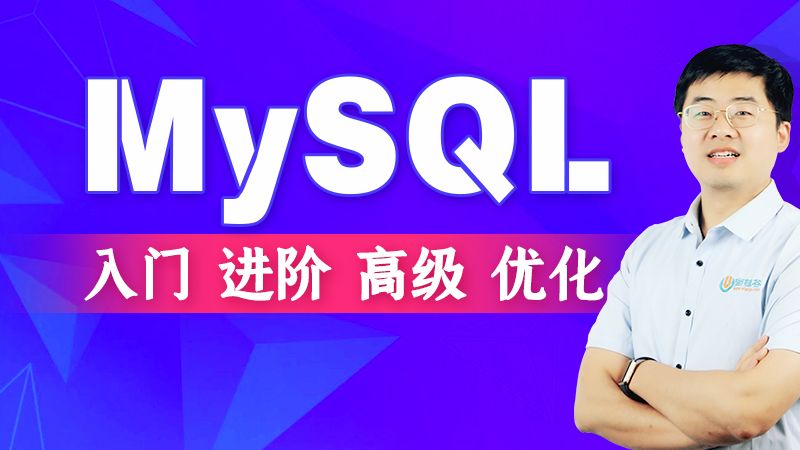尚硅谷大数据技术之HBase(新)第8章 Hbase实战之谷粒微博
8.2.7 添加关注用户
a、在微博用户关系表中,对当前主动操作的用户添加新关注的好友
b、在微博用户关系表中,对被关注的用户添加新的粉丝
c、微博收件箱表中添加所关注的用户发布的微博
代码实现:public void addAttends(String uid, String... attends)
/**
* 关注用户逻辑
* a、在微博用户关系表中,对当前主动操作的用户添加新的关注的好友
* b、在微博用户关系表中,对被关注的用户添加粉丝(当前操作的用户)
* c、当前操作用户的微博收件箱添加所关注的用户发布的微博rowkey
*/
public void addAttends(String uid, String... attends){
//参数过滤
if(attends == null || attends.length <= 0 || uid == null || uid.length() <= 0){
return;
}
HConnection connection = null;
try {
connection = HConnectionManager.createConnection(conf);
//用户关系表操作对象(连接到用户关系表)
HTableInterface relationsTBL = connection.getTable(TableName.valueOf(TABLE_RELATIONS));
List<Put> puts = new ArrayList<Put>();
//a、在微博用户关系表中,添加新关注的好友
Put attendPut = new Put(Bytes.toBytes(uid));
for(String attend : attends){
//为当前用户添加关注的人
attendPut.add(Bytes.toBytes("attends"), Bytes.toBytes(attend), Bytes.toBytes(attend));
//b、为被关注的人,添加粉丝
Put fansPut = new Put(Bytes.toBytes(attend));
fansPut.add(Bytes.toBytes("fans"), Bytes.toBytes(uid), Bytes.toBytes(uid));
//将所有关注的人一个一个的添加到puts(List)集合中
puts.add(fansPut);
}
puts.add(attendPut);
relationsTBL.put(puts);
//c.1、微博收件箱添加关注的用户发布的微博内容(content)的rowkey
HTableInterface contentTBL = connection.getTable(TableName.valueOf(TABLE_CONTENT));
Scan scan = new Scan();
//用于存放取出来的关注的人所发布的微博的rowkey
List<byte[]> rowkeys = new ArrayList<byte[]>();
for(String attend : attends){
//过滤扫描rowkey,即:前置位匹配被关注的人的uid_
RowFilter filter = new RowFilter(CompareFilter.CompareOp.EQUAL, new SubstringComparator(attend + "_"));
//为扫描对象指定过滤规则
scan.setFilter(filter);
//通过扫描对象得到scanner
ResultScanner result = contentTBL.getScanner(scan);
//迭代器遍历扫描出来的结果集
Iterator<Result> iterator = result.iterator();
while(iterator.hasNext()){
//取出每一个符合扫描结果的那一行数据
Result r = iterator.next();
for(Cell cell : r.rawCells()){
//将得到的rowkey放置于集合容器中
rowkeys.add(CellUtil.cloneRow(cell));
}
}
}
//c.2、将取出的微博rowkey放置于当前操作用户的收件箱中
if(rowkeys.size() <= 0) return;
//得到微博收件箱表的操作对象
HTableInterface recTBL = connection.getTable(TableName.valueOf(TABLE_RECEIVE_CONTENT_EMAIL));
//用于存放多个关注的用户的发布的多条微博rowkey信息
List<Put> recPuts = new ArrayList<Put>();
for(byte[] rk : rowkeys){
Put put = new Put(Bytes.toBytes(uid));
//uid_timestamp
String rowKey = Bytes.toString(rk);
//借取uid
String attendUID = rowKey.substring(0, rowKey.indexOf("_"));
long timestamp = Long.parseLong(rowKey.substring(rowKey.indexOf("_") + 1));
//将微博rowkey添加到指定单元格中
put.add(Bytes.toBytes("info"), Bytes.toBytes(attendUID), timestamp, rk);
recPuts.add(put);
}
recTBL.put(recPuts);
} catch (IOException e) {
e.printStackTrace();
}finally{
if(null != connection){
try {
connection.close();
} catch (IOException e) {
// TODO Auto-generated catch block
e.printStackTrace();
}
}
}
}
8.2.8 移除(取关)用户
a、在微博用户关系表中,对当前主动操作的用户移除取关的好友(attends)
b、在微博用户关系表中,对被取关的用户移除粉丝
c、微博收件箱中删除取关的用户发布的微博
代码:public void removeAttends(String uid, String... attends)
/**
* 取消关注(remove)
* a、在微博用户关系表中,对当前主动操作的用户删除对应取关的好友
* b、在微博用户关系表中,对被取消关注的人删除粉丝(当前操作人)
* c、从收件箱中,删除取关的人的微博的rowkey
*/
public void removeAttends(String uid, String... attends){
//过滤数据
if(uid == null || uid.length() <= 0 || attends == null || attends.length <= 0) return;
HConnection connection = null;
try {
connection = HConnectionManager.createConnection(conf);
//a、在微博用户关系表中,删除已关注的好友
HTableInterface relationsTBL = connection.getTable(TableName.valueOf(TABLE_RELATIONS));
//待删除的用户关系表中的所有数据
List<Delete> deletes = new ArrayList<Delete>();
//当前取关操作者的uid对应的Delete对象
Delete attendDelete = new Delete(Bytes.toBytes(uid));
//遍历取关,同时每次取关都要将被取关的人的粉丝-1
for(String attend : attends){
attendDelete.deleteColumn(Bytes.toBytes("attends"), Bytes.toBytes(attend));
//b
Delete fansDelete = new Delete(Bytes.toBytes(attend));
fansDelete.deleteColumn(Bytes.toBytes("fans"), Bytes.toBytes(uid));
deletes.add(fansDelete);
}
deletes.add(attendDelete);
relationsTBL.delete(deletes);
//c、删除取关的人的微博rowkey 从 收件箱表中
HTableInterface recTBL = connection.getTable(TableName.valueOf(TABLE_RECEIVE_CONTENT_EMAIL));
Delete recDelete = new Delete(Bytes.toBytes(uid));
for(String attend : attends){
recDelete.deleteColumn(Bytes.toBytes("info"), Bytes.toBytes(attend));
}
recTBL.delete(recDelete);
} catch (IOException e) {
e.printStackTrace();
}
}


